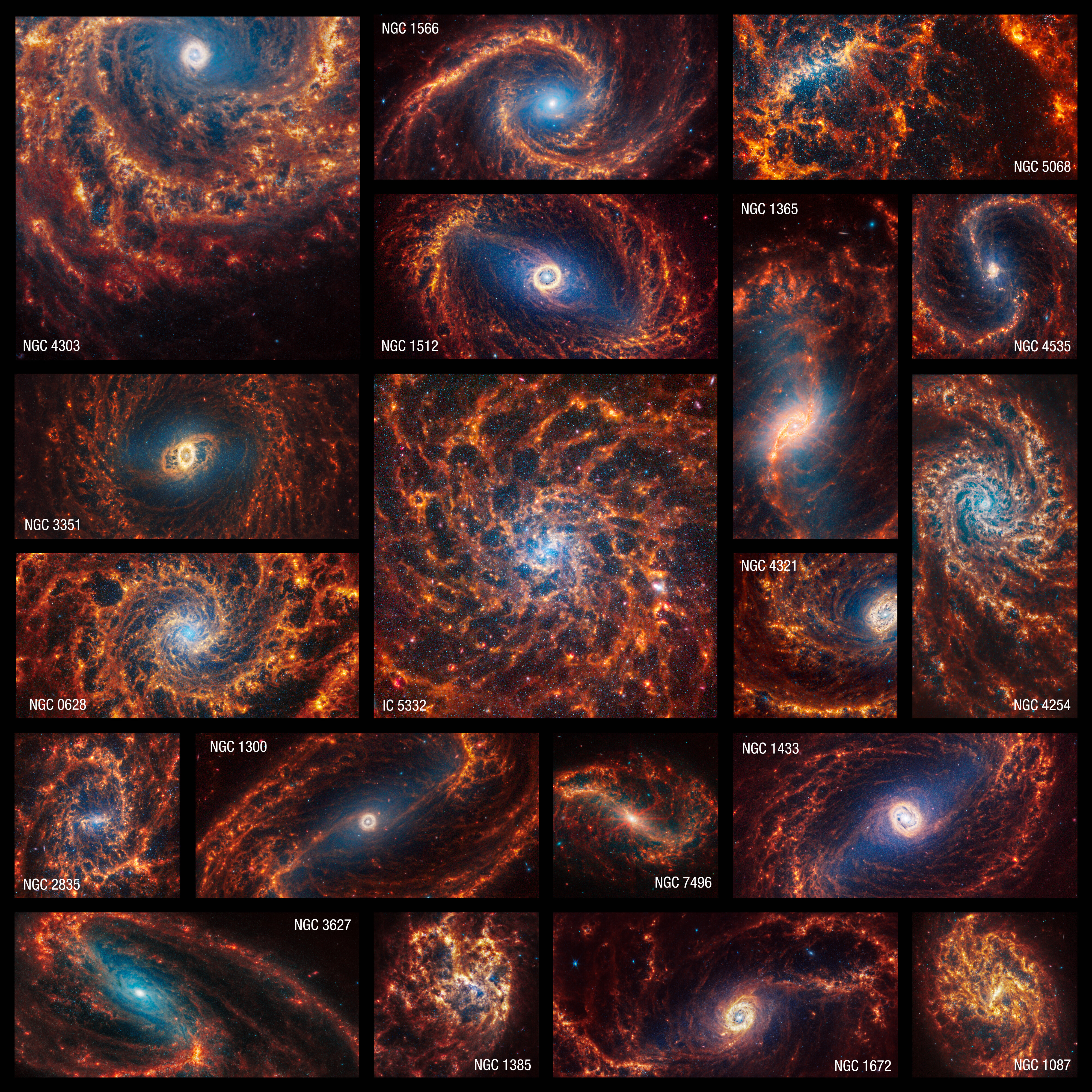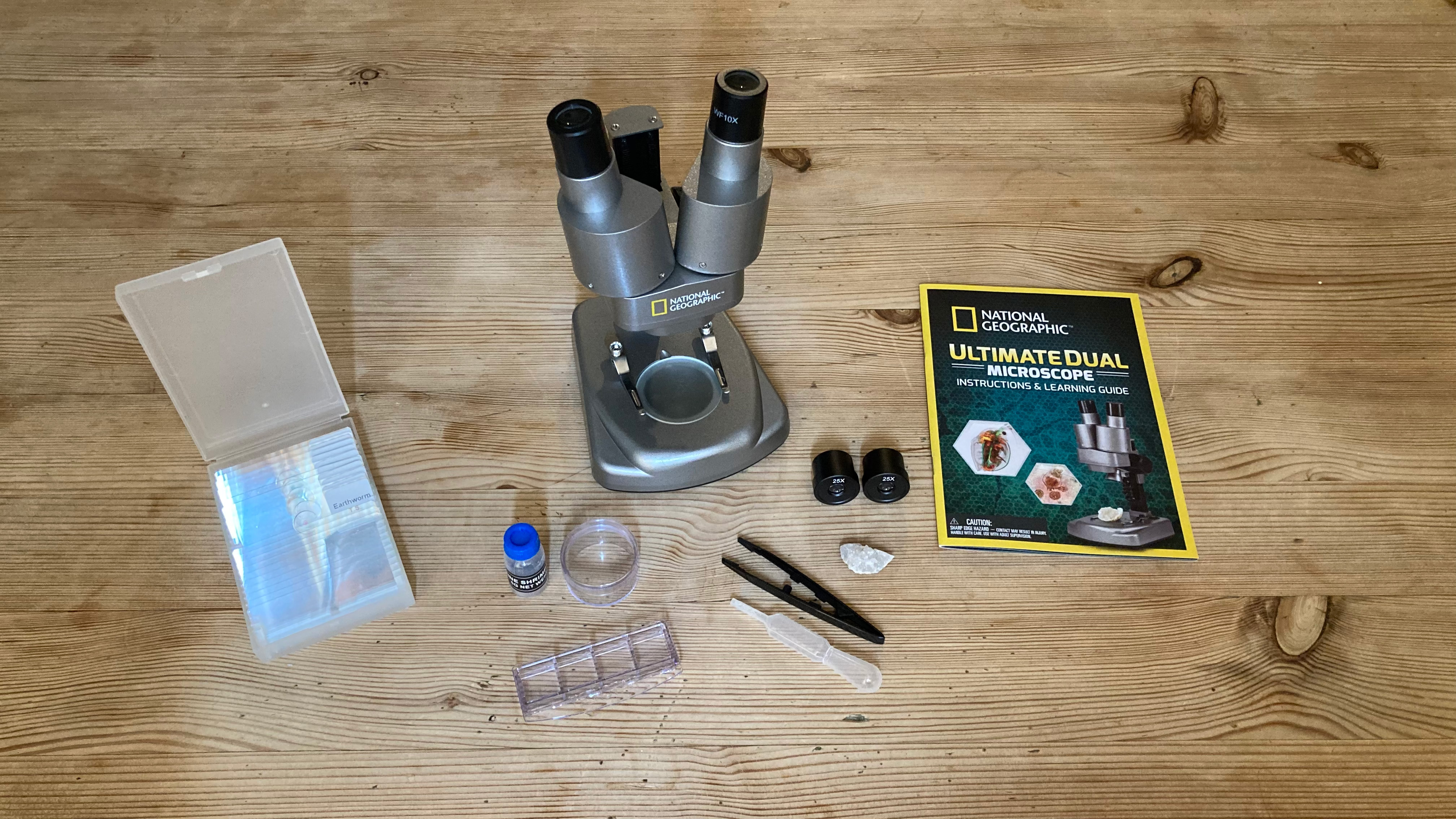Recently released images from the James Webb Space Telescope (JWST) present 19 Milky Way-like spiral galaxies with outstanding details of stars, gas and dust. These images capture galaxies in the smallest scales yet seen beyond our own galaxy. The unprecedented level of detail has astonished even researchers who have studied these galaxies for many years, according to Janice Lee, a scientist at the Space Telescope Science Institute in Baltimore and a member of the team analyzing the images, as quoted in a NASA statement. Launched on Christmas Day in 2021, JWST has the unique ability to capture images of distant objects at such a high level of detail. Its near- and mid-infrared cameras can detect light in the infrared spectrum, which is invisible to the human eye. This allows scientists to visualize dust clouds and objects that are either concealed by them or are too faint for normal telescopes to detect.
The spiral galaxies recorded by the telescope are located 15 million to 60 million light-years away from Earth, as reported by Reuters. The images show the galaxies filled with stars, which appear as blue pinpoints of light. Some of these stars are scattered throughout spiral arms, while others are clustered in the galaxies’ centers. The growth pattern of spiral galaxies from the inside out is reflected in the blue clumps at their cores, indicating older star clusters, while the arms likely contain younger stars, according to the European Space Agency.
The images also reveal clouds of red and orange dust surrounding the stars, while spherical shapes might indicate the remnants of exploded stars. In some cases, pink and red light can be seen emanating from the cores of the galaxies, potentially produced by supermassive black holes with masses hundreds of thousands of times that of our sun.
These images were captured as part of the Physics at High Angular Resolution in Nearby Galaxies (PHANGS) survey, which aims to deepen our understanding of how stars form. The large number of stars depicted in these images is aiding the PHANGS team in reaching this goal. “By precisely cataloging all types of stars, we can build a more reliable, holistic view of their life cycles,” said Adam Leroy, a professor of astronomy at The Ohio State University in Columbus and a member of the PHANGS team, in a statement.













